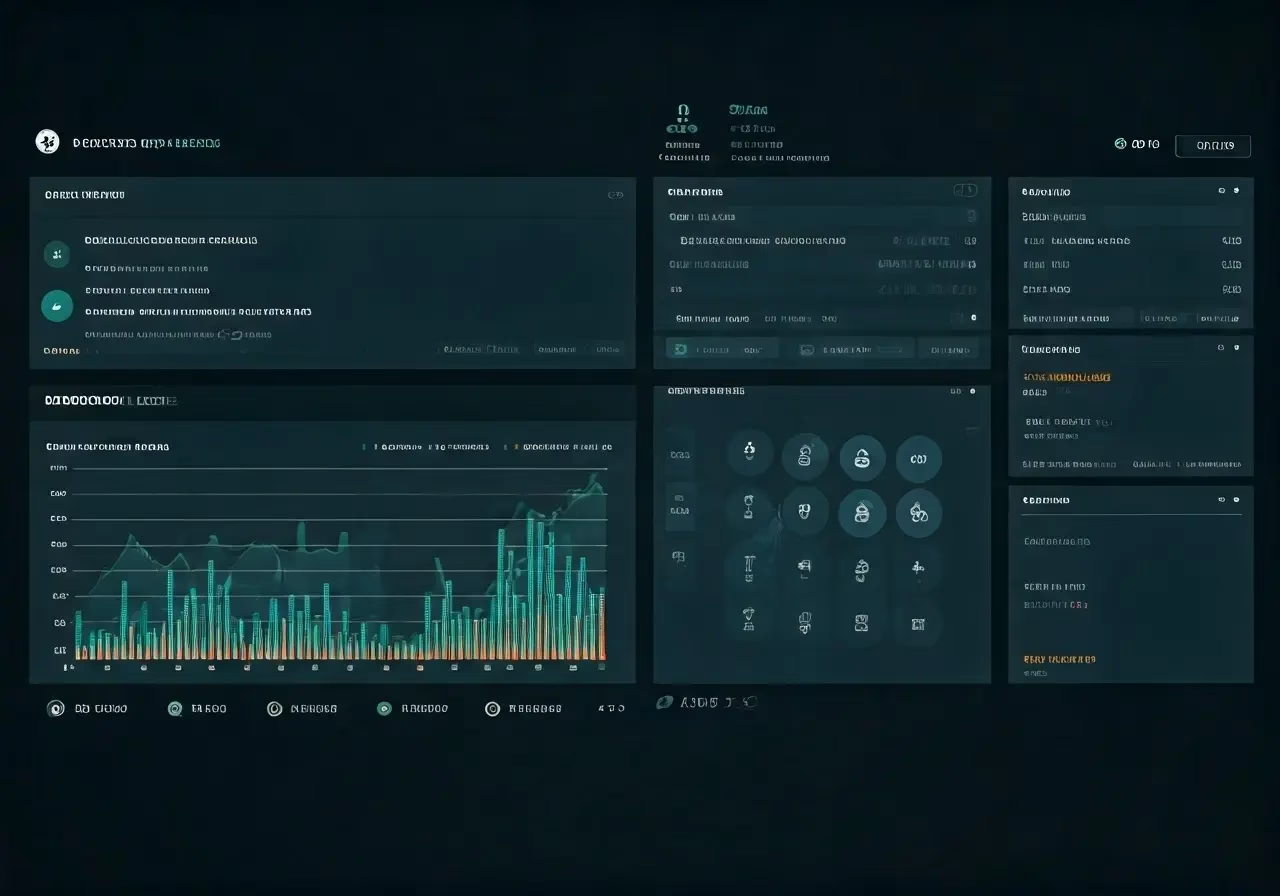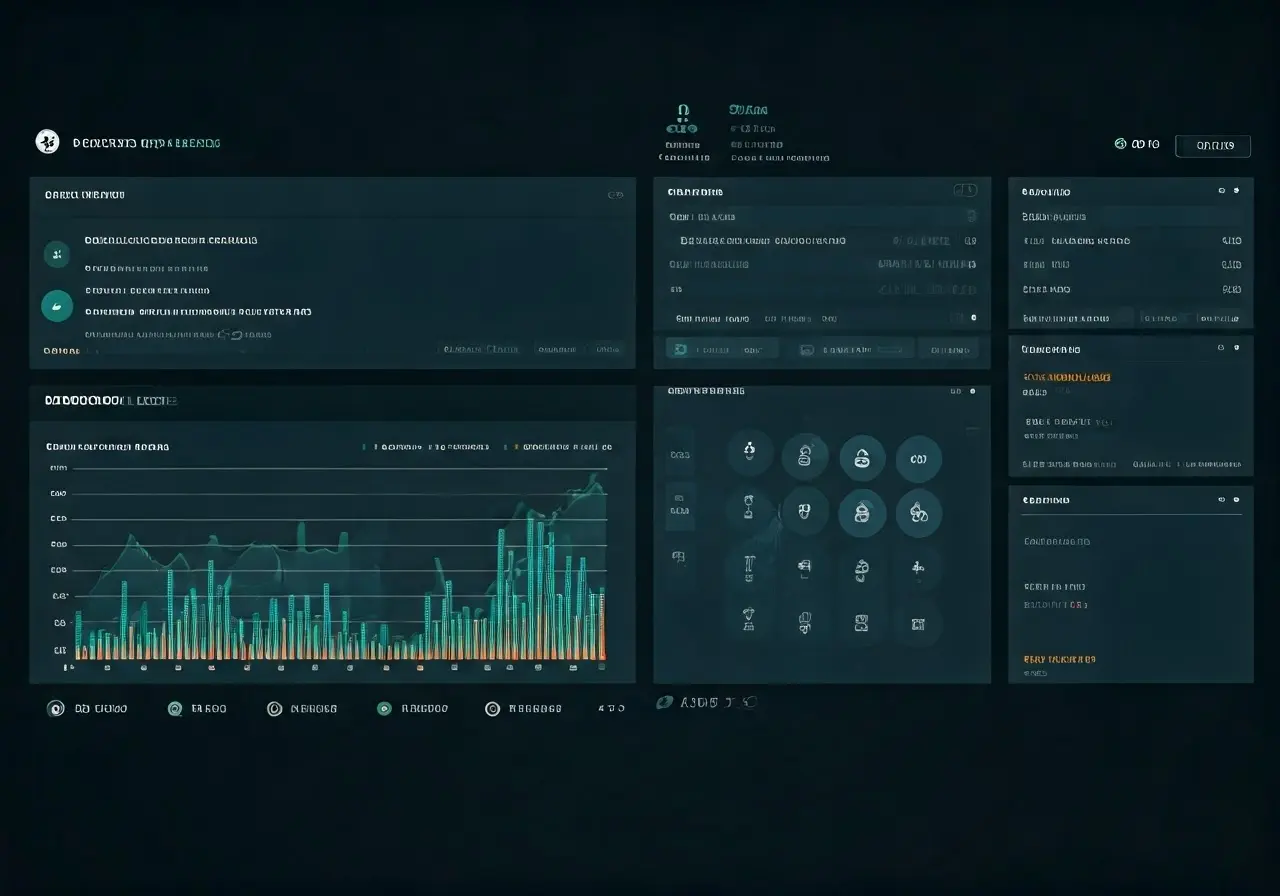In today’s fast-paced digital world, maintaining 24⁄7 security is crucial for organizations to protect their assets and data. Proactive monitoring plays a significant role in achieving this round-the-clock security. This blog will delve into how proactive monitoring contributes to 24⁄7 security and why it’s essential for any organization aiming to stay ahead of potential threats.
What is Proactive Monitoring?
Proactive monitoring involves continuously overseeing systems and networks to detect and resolve issues before they escalate. It focuses on anticipating potential threats and implementing preventative measures rather than reacting to incidents after they occur.
In essence, proactive monitoring is about being vigilant and preemptive. It uses sophisticated tools to analyze performance metrics, check logs, and monitor user activities to ensure systems are performing optimally. This proactive stance allows IT teams to take corrective actions before users even notice a problem, enhancing the user experience and minimizing disruptions.
By implementing proactive monitoring solutions, businesses can gain insights into their infrastructure’s health, allowing them to optimize performance and maintain uptime, ultimately contributing to a more secure IT environment.
Key Benefits of Proactive Monitoring for 24⁄7 Security
Proactive monitoring offers numerous benefits, including improved threat detection, reduced downtime, and enhanced system performance. By identifying vulnerabilities early, organizations can address them promptly, ensuring seamless operations and heightened security.
One of the biggest advantages is the ability to identify and mitigate risks before they impact your business. This not only protects sensitive data but also strengthens your overall security posture. By keeping systems running smoothly, businesses can maintain customer trust and avoid the costly consequences of a security breach.
Furthermore, with continual oversight, systems are less likely to suffer from performance bottlenecks or unexpected outages. This reliability enhances an organization’s ability to foster a secure and efficient operational environment.
To explore more about how proactive monitoring can benefit your business, you can read the full article on proactive infrastructure monitoring benefits.
How Proactive Monitoring Identifies Potential Threats
Through advanced tools and analytics, proactive monitoring can identify unusual patterns or activities that may indicate a security threat. This early detection allows for swift responses to mitigate risks before they develop into bigger issues.
For instance, by consistently analyzing network traffic and scanning for anomalies, proactive monitoring systems can detect unauthorized access attempts or data exfiltration processes. By doing so, they enable businesses to react in real-time to block potential breaches.
In an age where cyber threats are becoming increasingly sophisticated, using proactive monitoring is critical. Implementing such measures aligns with the protection strategies advised by experienced cybersecurity firms. For understanding layered cybersecurity structures, The Reality of Cybersecurity: A Multifaceted Discipline – Virtual IT Group is a valuable resource.
Implementing Proactive Monitoring Strategies
To effectively implement proactive monitoring, organizations should leverage the latest technology, employ skilled security teams, and establish clear policies and procedures. Combining these elements helps create a robust monitoring framework that supports 24⁄7 security.
It is crucial to integrate monitoring tools that offer real-time data analysis and alert mechanisms. These tools help IT teams to prioritize threats based on severity, enabling quick decision-making. Meanwhile, training employees on recognizing potential security threats ensures everyone in the organization contributes to maintaining security.
Developing an effective incident response plan is also part of implementing robust proactive monitoring strategies. As detailed in the Virtual IT Group’s guidelines, businesses should incorporate comprehensive strategies to handle potential incidents swiftly.
Finally, businesses should regularly review and update their monitoring strategies to align with evolving threats and technologies. This proactive stance ensures they are always prepared to face new security challenges.
Achieving Continuous Security with Proactive Monitoring
Proactive monitoring is a cornerstone of effective 24⁄7 security. By continuously watching over your systems, identifying potential threats, and taking preventive actions, organizations can significantly enhance their security posture. Implementing proactive monitoring not only provides peace of mind but also ensures that security measures are in place to tackle any challenges head-on, thereby safeguarding organizational assets around the clock.


